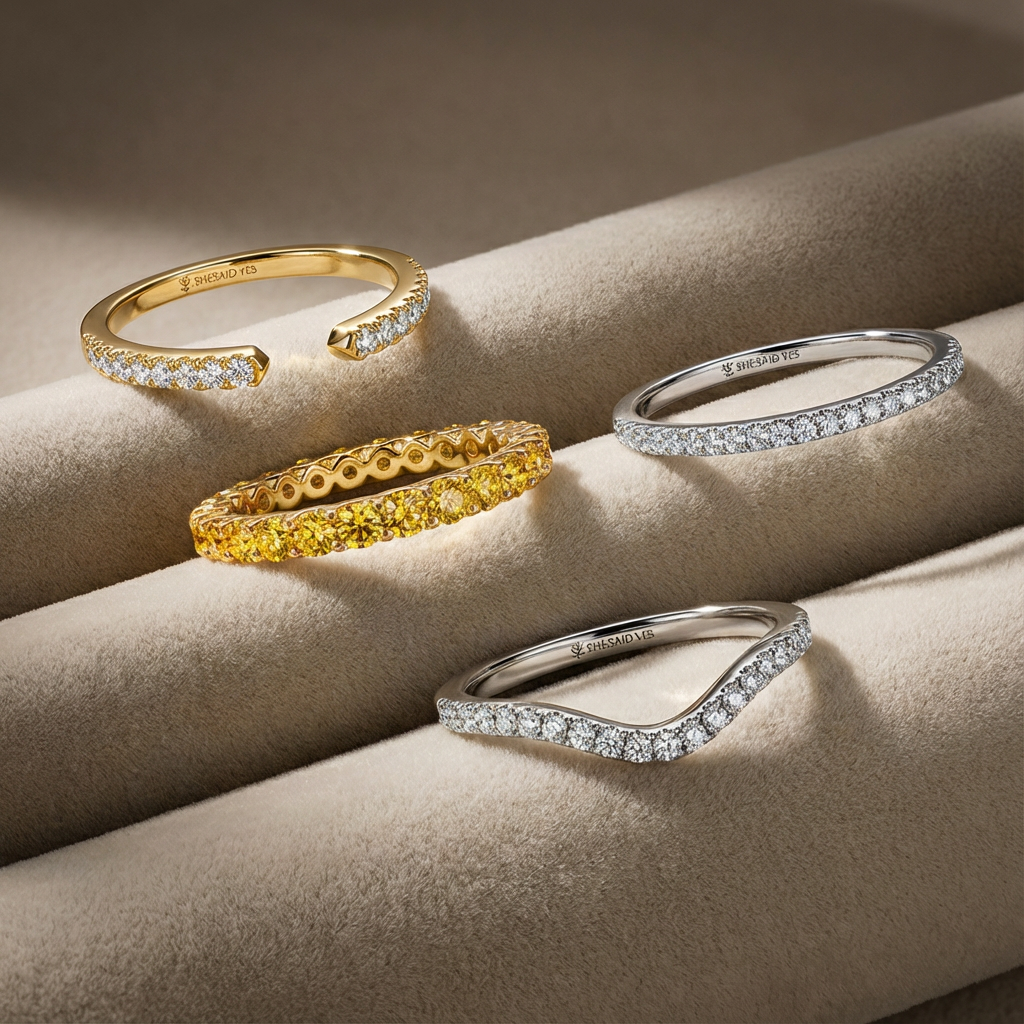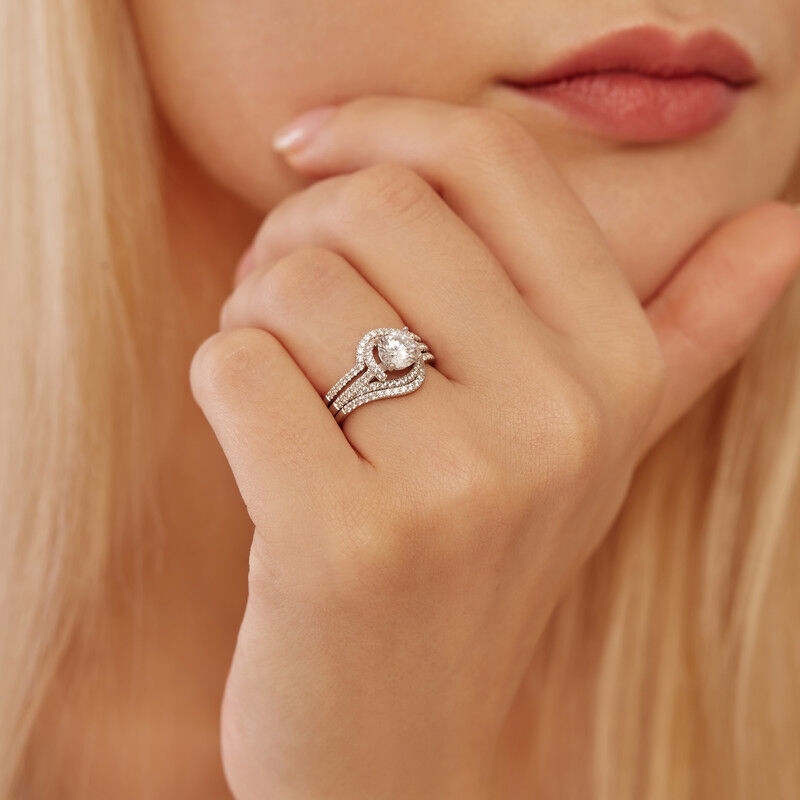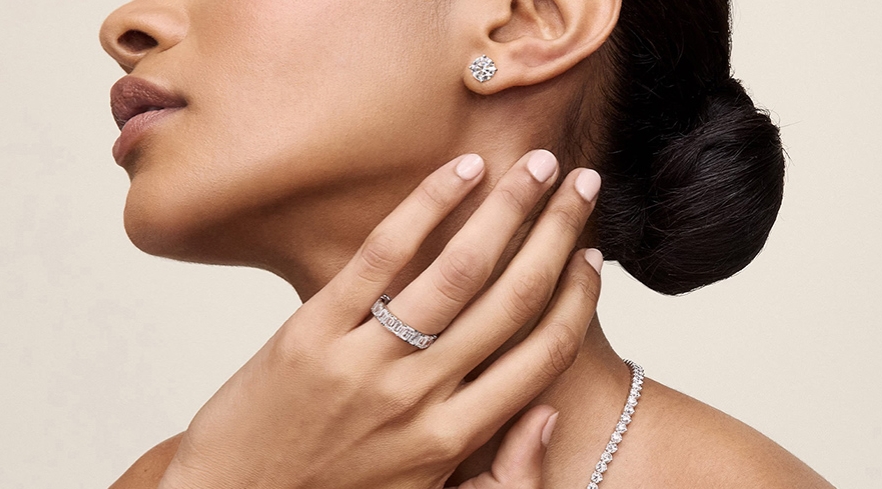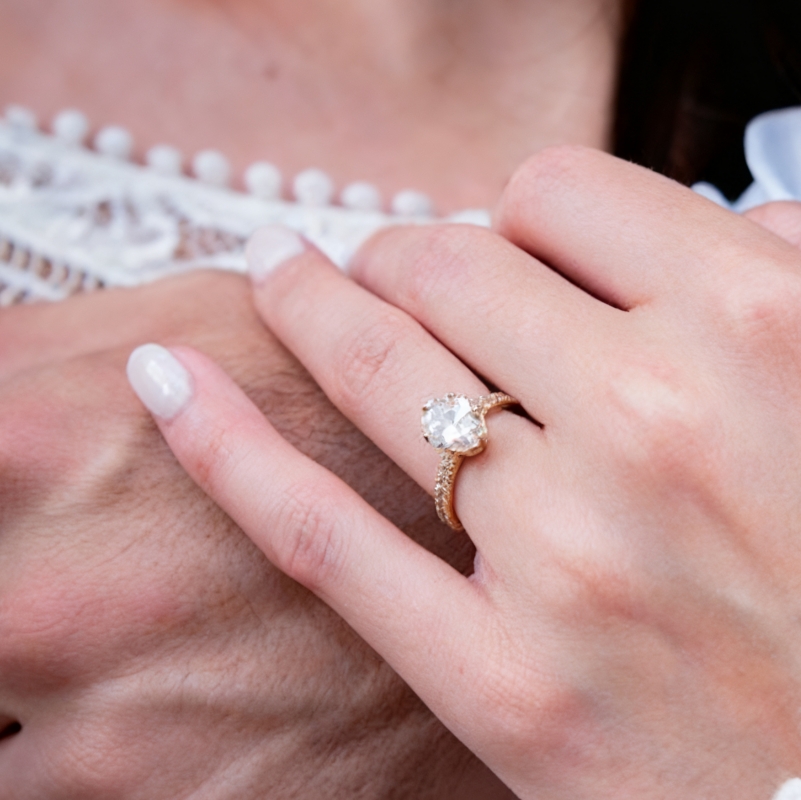France, the land of romance, brings its unique charm to wedding celebrations. From civil ceremonies to culinary delights, French weddings are steeped in tradition and elegance. Join us as we explore the enchanting customs that make French nuptials truly special, discovering the rituals and practices that have defined love and commitment in France for generations.
Pre-Wedding Customs
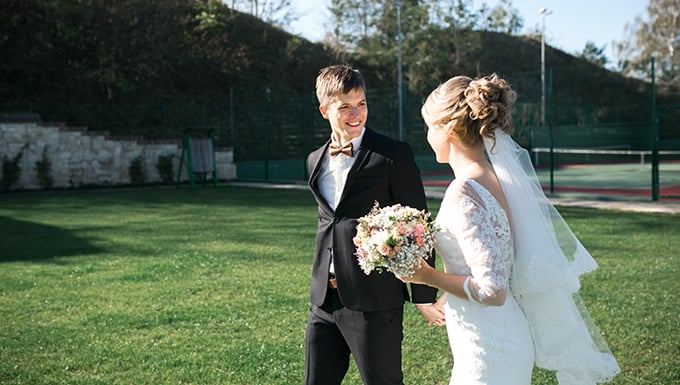
Engagement traditions
In France, engagements are celebrated with a tradition called “fiançailles.” This is typically a formal event where the couple announces their intention to marry to their families. The couple often exchanges engagement rings during this celebration, symbolizing their commitment to each other. It’s a joyous occasion that brings both families together, marked by a special dinner or party.
Wedding invitations (Faire-part)
French wedding invitations, known as “faire-part,” are an important part of pre-wedding customs. These invitations are often elegantly designed and traditionally handwritten, reflecting the formal nature of French weddings. Couples usually send out their faire-part about 6-8 weeks before the wedding date, giving guests ample time to prepare for the celebration.
Trousseau
The trousseau is a collection of linens, clothing, and household items that a bride traditionally prepares for her married life. This custom, while less common today, involves the bride and her family gathering high-quality items over time. The trousseau may include bedding, table linens, and personal clothing, symbolizing the bride’s readiness for her new role as a wife.
Civil ceremony at the town hall (Mairie)
A unique aspect of French weddings is the mandatory civil ceremony at the town hall, or “mairie.” This ceremony must take place before any religious or non-religious celebration. Conducted by the mayor or a deputy, it’s a simple yet significant event that legally binds the couple in marriage. While typically attended only by close family and witnesses, this ceremony is an essential step in the French wedding process. It officially recognizes the union in the eyes of the law.
The Wedding Day
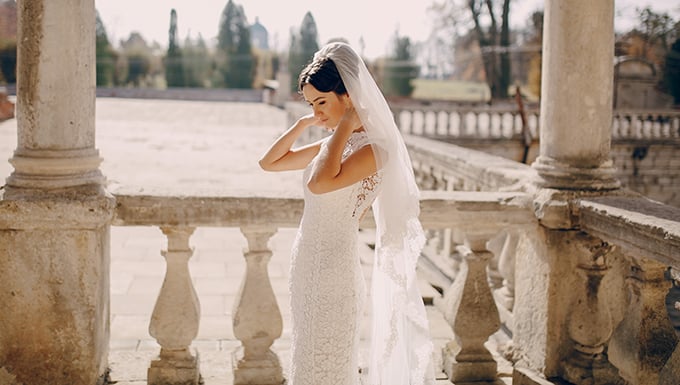
Wedding attire
French bridal fashion is known for its elegance and “less is more” philosophy. Brides often choose gowns with clean lines and simple silhouettes, made from high-quality fabrics like silk or chiffon. A hallmark of French bridal style is the incorporation of delicate lace, particularly Chantilly or Alençon lace, paying homage to France’s rich lace-making heritage. Furthermore, to complete the look, many brides opt for long, flowing veils made of tulle or silk, adding a touch of romance to their ensemble.
For grooms, the focus is on impeccable tailoring and classic style. Well-fitted suits made from fine materials are the norm, often custom or made-to-measure. Attention to detail is key, with carefully chosen accessories like cufflinks, ties, and pocket squares completing the look. French grooms aim for a polished, timeless appearance that complements the bride’s elegance.
The Wedding Procession
The French wedding procession, or “cortège,” offers a distinct twist on the traditional walk down the aisle. Unlike many Western traditions where the bride enters last, in France, the couple often enters together. This symbolic gesture represents their unity and equality as they begin their married life. The cortège may also include children scattering rose petals or carrying the rings, adding a touch of whimsy. Another unique feature is the “ribbon-cutting” ceremony, where the bride symbolically cuts a ribbon stretched across the church door, signifying her entrance into a new life.
Témoins
Instead of having a large wedding party with bridesmaids and groomsmen, French couples typically choose a small number of witnesses or “témoins.” These are usually close friends or family members who play a special role in the ceremony, signing the marriage registry and supporting the couple throughout their wedding journey.
Reception Traditions

Vin d’honneur (Cocktail hour)
The vin d’honneur is a cherished French wedding tradition, serving as a bridge between the ceremony and the main reception. This elegant cocktail hour allows guests to mingle and celebrate the newlyweds in a relaxed atmosphere. Typically lasting 2-3 hours, it features champagne, wine, and an array of hors d’oeuvres, setting the tone for the festivities to come.
Main reception
The main reception, or “le repas de noces,” is the heart of a French wedding celebration. This gastronomic affair can last up to six hours, featuring multiple courses of exquisite French cuisine. Interspersed between dishes are speeches, toasts, and entertainment. Dancing often begins after the main course and continues late into the night, creating an unforgettable experience for all attendees.
Traditional foods and drinks
- Croquembouche: This iconic French wedding cake is a towering pyramid of cream-filled pastry puffs, held together with caramel and often decorated with spun sugar, flowers, or other ornaments.
- Champagne tower: A pyramid of champagne glasses is often featured, with the couple pouring champagne over the top to fill all the glasses below.
Wedding favors (Dragées)
Dragées, sugar-coated almonds, are a time-honored French wedding favor. These sweet treats symbolize health, happiness, fertility, longevity, and wealth. Traditionally, five dragées are given to each guest, representing these five wishes for the newlyweds.
La Soupe à l’Oignon (Late-night onion soup)
As the reception winds down in the early hours, many French weddings serve a comforting bowl of onion soup. This tradition, known as “soupe à l’oignon,” is believed to help revitalize weary guests and ward off potential hangovers. The rich, savory soup also provides a satisfying end to the night’s festivities and ensures guests leave well-nourished.

